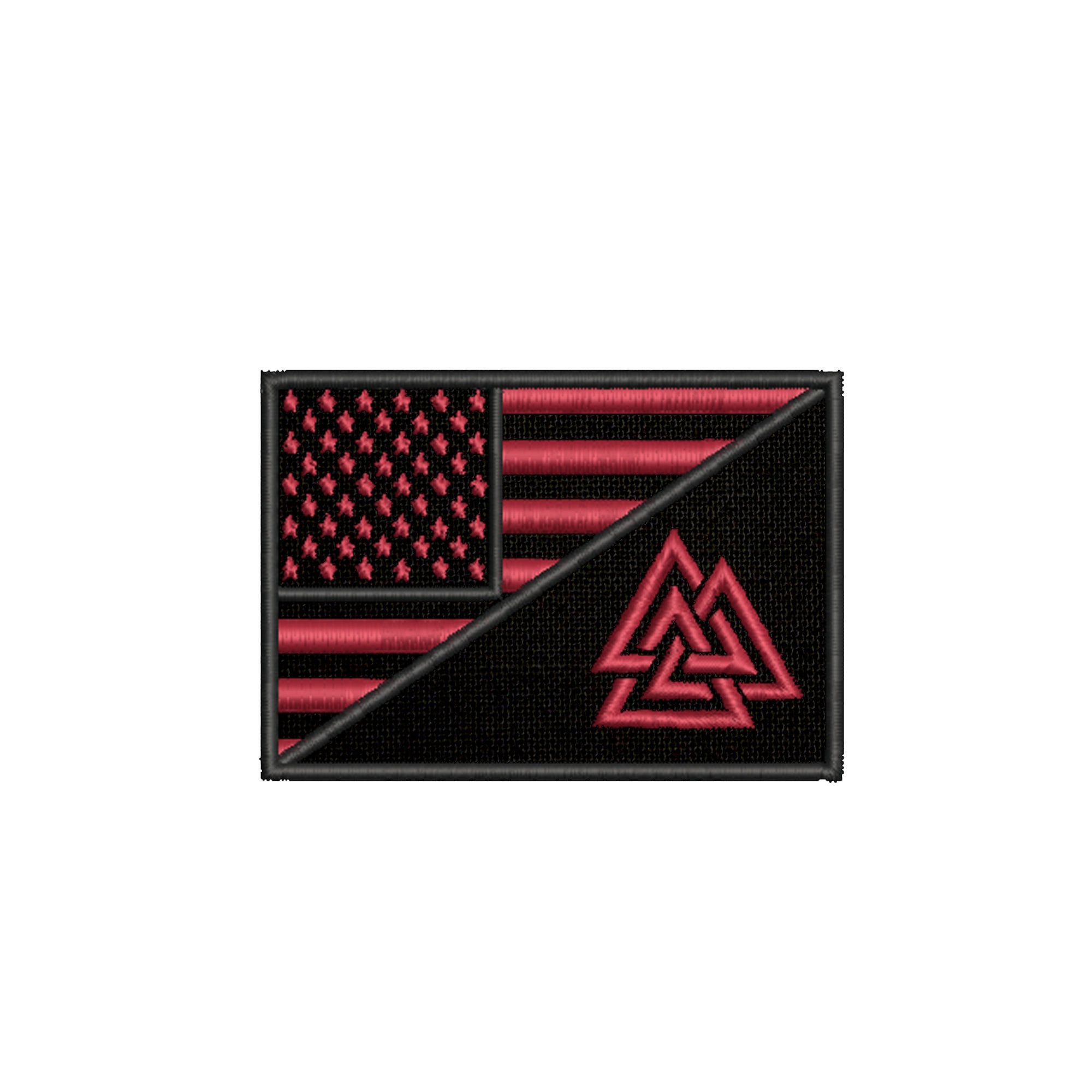

Then there are the acronyms, the internet shorthand we’ve all adopted when we type “LOL” in reply to something funny. “It's sort of ‘We're just goofing around, right?’ Like the Proud Boys saying ‘We're just a drinking club.’ Right.”

And it added insult to injury to their victims,” she says. “It offered, first of all, cover for their political allies to dismiss them as unserious, even though they knew how serious the violence was. Klan members also dressed as jokers and even minstrels to mock their victims, says Talia Lavin, author of Culture Warlords: My Journey Into the Dark Web of White Supremacy. But this toxic combo of goofiness and fascism is implicitly American and has its roots in the Ku Klux Klan, whose members donned white hoods and robes as “ghosts” to intimidate African-Americans, who were seen as uneducated and superstitious. Most Americans could also be confused by the bizarre appearance of some of the insurrectionists-for example, the QAnon Shaman, so visually remote from the disciplined masses we associate with, say, Hitler’s brownshirts. “The important thing to note is that whether or not the casual viewer can understand what it means, they need to know that it means something” Brooks says. But that doesn’t mean they’re harmless, says Lecia Brooks, chief of staff at the Southern Poverty Law Center. Some of the symbols on display at the Capitol insurrection-say, the Kekistan flag representing an imaginary country helmed by a white-supremacist cartoon frog, or the co-opting of the OK sign-understandably felt inscrutable to most Americans. “In the case of the white supremacists, in case of the far right, it's a white Christian male society that doesn't leave space for women, underrepresented groups, etc. “This isn't something new, they're being true to the actual past and that modern society somehow deviated from the way that we’re supposed to be,” says Gabriele. Whether it’s thousand-year-old Viking runes or imagery celebrating the American Revolution and the Confederacy, white supremacists believe the historical weight of this symbolism lends credence and precedent to their cause. Or if they don't agree and if there's consequences, they can just shrug it off like, ‘Oh, I'm just referencing history‘ or something like that.”

“They're hoping that either other observers will get it and they'll agree. The use of historical imagery functions both as a dog whistle to fellow white supremacists, and as a convenient out when dealing with people who don’t share their views, says Gabriele. And in a particularly chilling video, an injured policeman lies curled on the pavement next to a discarded Betsy Ross flag. A variation of the Betsy Ross flag, where the 13 stars encircle Roman numerals for three, representing the three percent of Americans that anti-government groups believe fought against the British alone in the Revolutionary War. The Join or Die flag, for instance, featuring a bisected snake first drawn by Benjamin Franklin. But they want that kind of imagery.”Īmong the flags hoisted at the Capitol by insurrectionists, some were expected: the stars and bars of the Confederate battle flag the defiant “Don’t Tread On Me” exhortation of the Gadsen flag, revived in the 2000s by the Tea Party.īut there were other flags, familiar to most Americans only through textbooks, now appropriated by the seditionists. “None of those guys want to go live in a longhouse or anything like that. “It's very telling these are warrior images, at least in their heads,” he says. In the riotous crowd that stormed the Capitol-and that was overwhelmingly white and male-the “militant masculinity” of the Vikings has appeal, says Gabriele. “But at the same time, they're also calling on the associations that have built up around those images in the modern era.” “They're jumping over a thousand years of history back to the Middle Ages or so,” he says. To Matthew Gabriele, chair of the department of religion and culture at Virginia Tech, far-right use of Viking and Crusader iconography is a form of “double nostalgia.” These are ancient Scandinavian symbols revived and twisted by 19th-century European nationalists and 20th-century Nazis, and their appropriation infuriates contemporary pagans and Heathens. The valknut, the Viking “knot of the slain,”was inked over his heart. The Mjolnir, Thor’s hammer, emerged from his waistband. Sloppy tattoos of Yggdrasil, or tree of life, covered his left pectoral. The self-styled “ QAnon Shaman”-with his fur robes and horned helmet possibly the most photographed insurrectionist of the day-bore his position on his bare chest.


 0 kommentar(er)
0 kommentar(er)
